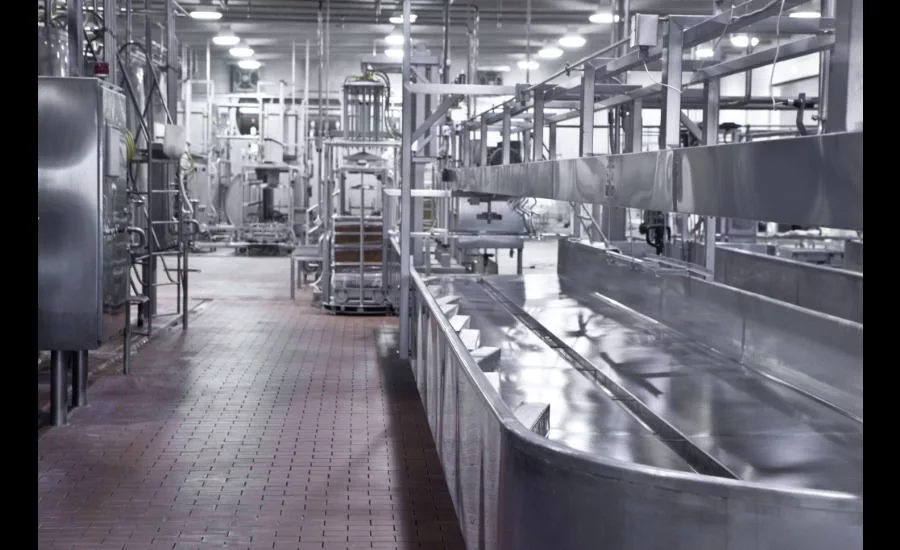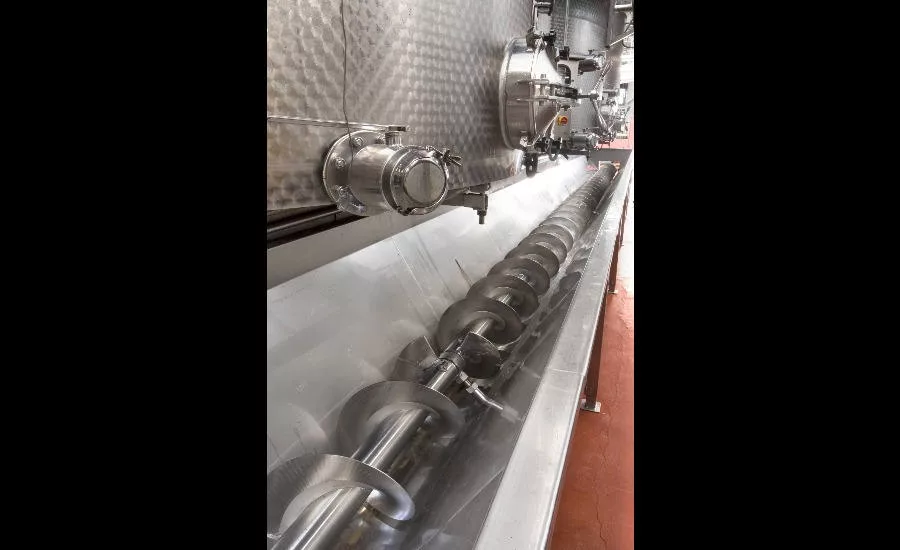Food Safety
How it works: Electropolishing helps keep food safe
An expert explains the ways that the smooth finish resists microbes, makes parts last longer and decreases downtime


Compliance with sanitation and hygiene regulations is of primary concern in the food and beverage processing and packaging industries.
The main factors in ensuring that the facility and its products meet FDA and USDA sanitation standards, as well as those stipulated by any local or regional agencies, are the following:
- The design and structure of the facility itself
- The purity and content of the raw materials being processed
- The cleanliness of the equipment used for production
It is this third item that we will specifically address in this article.
Why stainless steel is preferred for food and beverage processing equipment
Stainless steel outperforms other metals in virtually any category you can think of. To summarize:
- It is highly durable and can withstand shock, abrasion, denting, scraping, thermal stress, and harsh chemicals and detergents used for washdown (making it easy to clean).
- It resists corrosion, aging, cracking, pitting and does not easily warp or buckle, even in the presence of fire.
- Its color and smell remain neutral, even in the face of highly spicy ingredients, and it is inert to acids and alkalis. This means it will not contaminate the color, taste or smell of one ingredient with those of other ingredients.
- It is more malleable than many other metals, so it can be more easily formed into smaller, more complex shapes.
Stainless steel surface finishing treatments
Over the years, a number of stainless steel surface finishing treatments have been developed, and each has been used more or less successfully for different types of applications. They include:
- Passivation – A process that typically uses nitric or citric acid to chemically remove free iron from the surface of stainless steel to improve corrosion resistance. It is called passivation because, theoretically, the oxygen in the environment or water would “passively” form an inert oxide film on the stainless steel that would protect it from corrosion. In the real world, contaminants from the manufacturing of the equipment or other types of particulate in the atmosphere cling to even “cleaned” stainless steel and need to be removed.
- Pickling – This process removes stains, oxides and mill scale from the surface of metals, using very strong acids. Mill scale is an outer layer of iron oxides that form when steel (or other metals) is hot-rolled during production. Although it initially protects the metal, any break in the mill scale causes the corrosion to accelerate. Pickling should be closely monitored, because too long in the “pickle liquor” can damage the metal base.
- Chelants – Chelation is a method of cleaning metal by binding to positively charged metal ions in a solution. Typically, the chelant binds with calcium and magnesium, and prevents them from forming particulates and adhering to the metal. While this is an effective cleaning system, using high concentrations of chelants accelerates metal’s corrosion.
Electropolishing benefits
Perhaps the biggest issue in the food and beverage industry is preventing buildup of bacterial film and contaminants on equipment. As bacteria accumulates, it becomes more difficult to remove the buildup, even with rigorous cleaning protocols.
After years of testing the various surface finishing treatments for resistance to this build-up, electropolishing has clear advantages. One of the over-arching results of electropolishing that impacts virtually everything else is that it can actually deburr the stainless steel and remove all types of micro imperfections, creating the smoothest surface of any current finishing treatment. The smoother the surface:
- The fewer crevices, pits, raised areas and cracks present, decreasing the likelihood that food will get trapped in the surface, thus reducing contamination
- The less opportunity for particulates to be pushed down into stainless steel with use, which decreases the likelihood of corrosion
- The more the steel resists being contaminated by cleaning solutions
- The greater longevity of the part because, over time, there is virtually no uneven surface grinding that can reduce its functional life
Besides durability, longevity, increased functionality, minimized risk of contamination and overall performance, electropolishing offers other benefits:
- It can easily be applied to parts of any size, no matter how small or how complex the shape.
- When electropolished, the stainless steel surface becomes bright and maintains a fresh, newly polished look indefinitely.
While there is undoubtedly a place for other types of stainless steel surface finishing treatments, electropolishing addresses virtually every major concern regarding functionality, part longevity and cleanability. Utilizing the proper finishing method can minimize equipment downtime and greatly reduce costs.
Looking for a reprint of this article?
From high-res PDFs to custom plaques, order your copy today!






